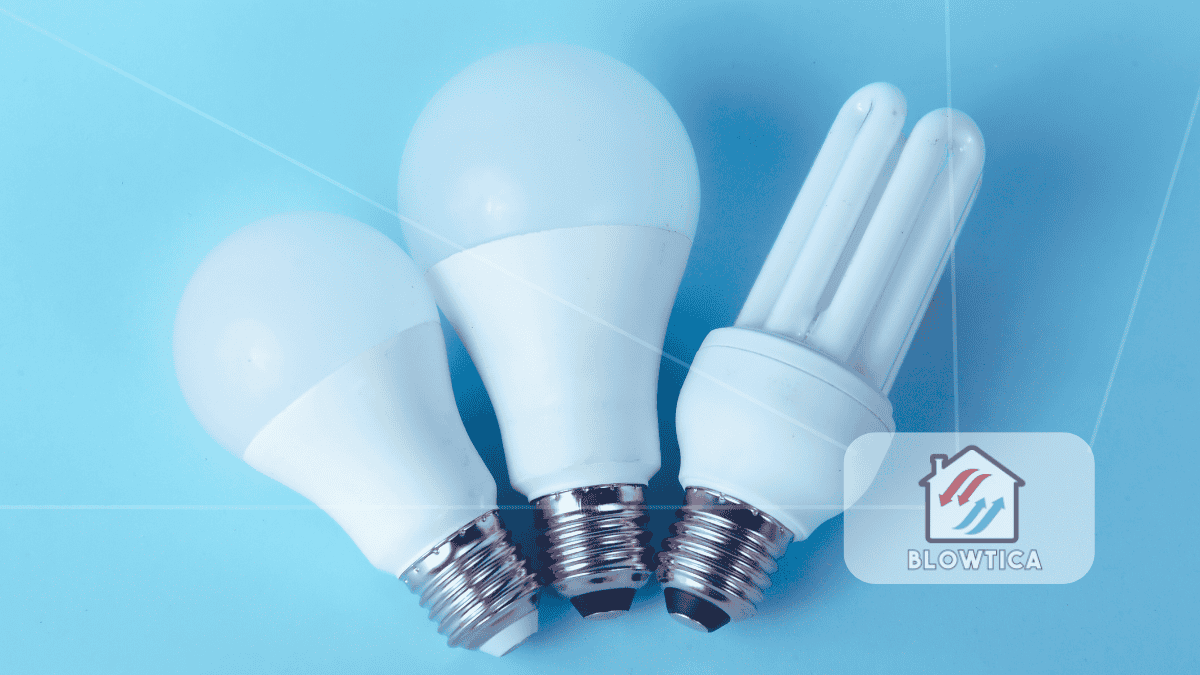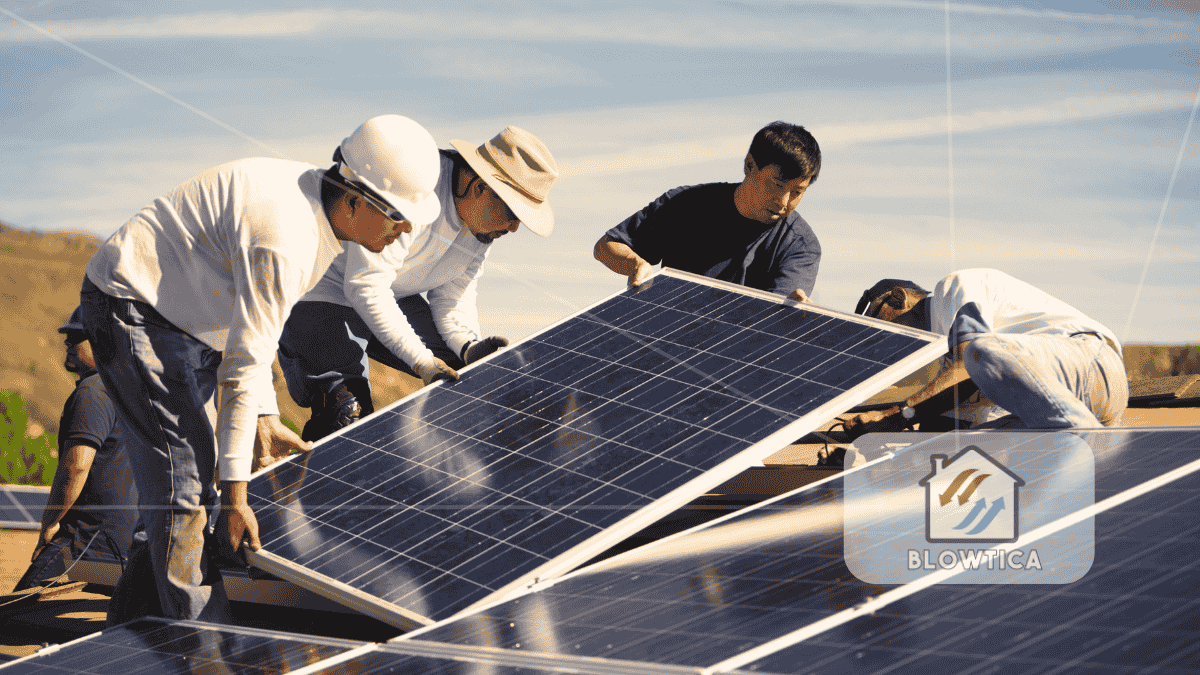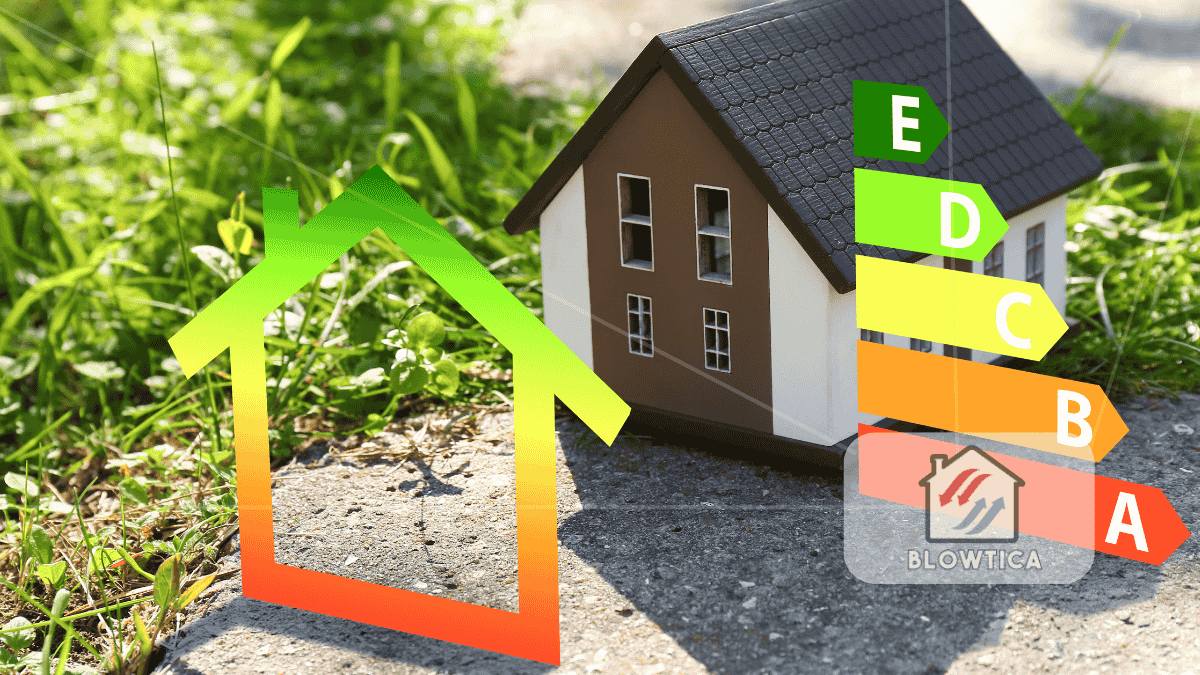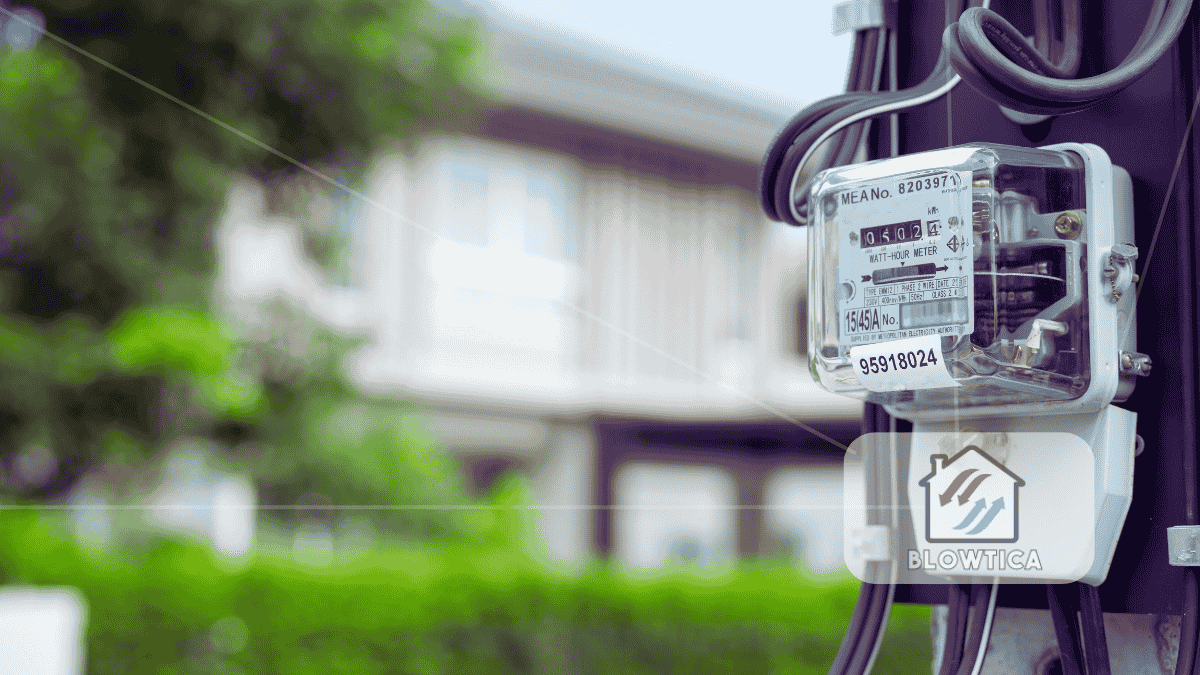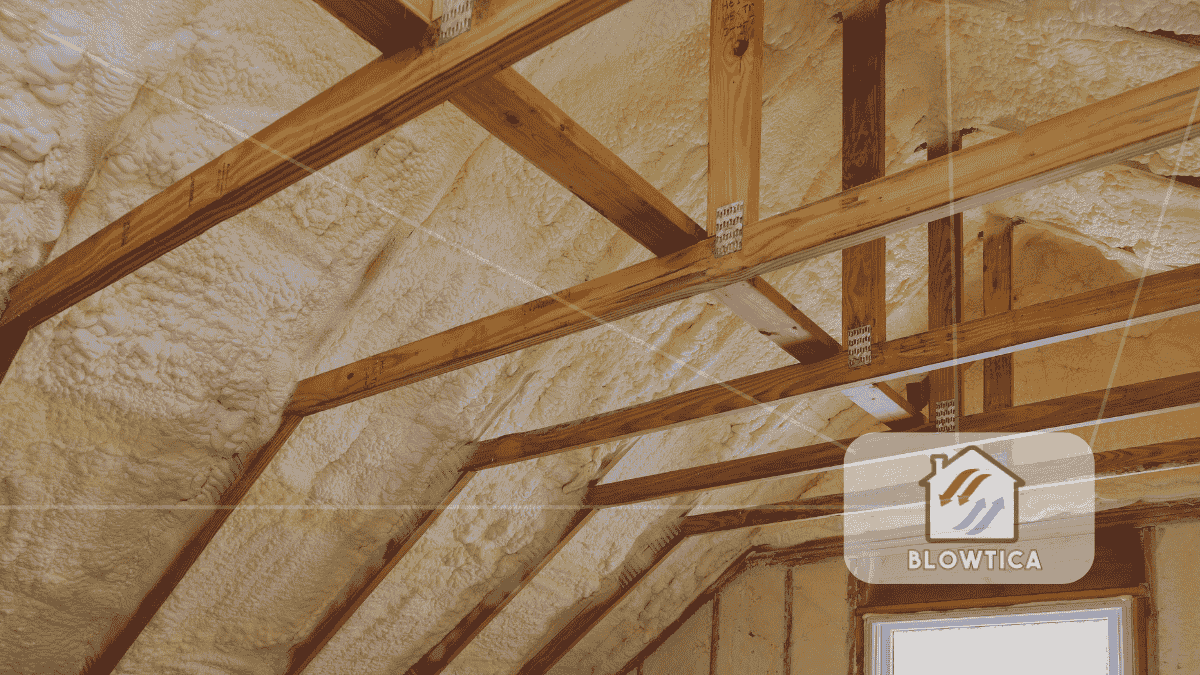
Keeping a home warm in winter and cool in summer without sky-high energy costs depends heavily on insulation. The better your house is insulated, the less energy you need to maintain a comfortable temperature. If you’re tired of high utility bills and drafty rooms, it’s time to sharpen your insulation game. These home insulation tips will help stop heat loss, improve comfort, and reduce energy expenses year-round.
Understand Where Heat Escapes
Before tackling improvements, you need to know where heat loss happens. The most common culprits include:
- Attic and roof: Warm air rises and often leaks out the top of the house.
- Walls: Poor or absent wall insulation leads to significant energy loss.
- Floors: Particularly those above unheated areas like basements or crawlspaces.
- Windows and doors: Drafts and inefficient glazing reduce thermal performance.
- Air leaks: Gaps around pipes, vents, and outlets quietly siphon away heat.
Targeting these areas gives the best return on insulation efforts.
Conduct a Thorough Energy Audit
A home energy audit identifies where your insulation is falling short. While professional audits offer the most detailed insights, a careful DIY audit is better than none:
- Feel for drafts around window frames and door seals.
- Use a thermal leak detector or incense stick to spot airflow.
- Check the attic and crawlspace insulation depth and coverage.
An audit helps prioritize where to invest first for the greatest impact.
Boost Attic Insulation
The attic is one of the biggest sources of heat loss. If your attic floor has less than 10 to 14 inches of insulation, it’s time to add more.
Recommended R-values: R-38 to R-60 depending on your climate.
Effective materials for attics:
- Blown-in cellulose: Fills gaps and works well over existing layers.
- Fiberglass batts: Easy for DIYers, but must be installed tightly to be effective.
- Spray foam: High performance but also higher cost.
Seal any air leaks and insulate attic hatches or pull-down stairs.
Strengthen Wall Insulation
Exterior walls are a major source of energy waste. Options to improve wall insulation include:
- Blown-in insulation: Ideal for existing walls and minimally invasive.
- Spray foam: Great for sealing and insulating during renovations or new builds.
- Rigid foam boards: Used in new constructions or when re-siding a home.
In older homes, you may need to drill small holes in the siding or drywall to inject insulation.
Seal Gaps and Cracks Throughout the Home
Unsealed cracks and gaps around the home are major contributors to heat loss, allowing warm air to escape and cold drafts to seep indoors. Addressing these air leaks is one of the most effective home insulation tips for improving energy efficiency and maintaining comfort.
Focus on sealing the following common areas where leaks typically occur:
- Baseboards and floor edges – Small gaps between the floor and wall trim can let air flow in and out.
- Electrical outlets and switch plates – These may seem minor, but they often have hidden gaps behind them, especially on exterior walls.
- Plumbing and vent penetrations – Look where pipes or vents enter walls, floors, or ceilings; these spots frequently lack proper sealing.
- Window and door frames – Check for cracks where the frame meets the wall or any movable parts that don’t close tightly.
- Attic access doors or hatches – These are often uninsulated and unsealed, creating a direct path for warm air to escape upward.
- Recessed lighting fixtures – Unless rated for insulation contact (IC-rated), these fixtures can leak substantial air into attic spaces.
To seal these areas effectively:
- Use caulk for narrow gaps, especially around trim, window frames, and floor edges.
- Apply expanding spray foam for larger gaps around plumbing, ductwork, or attic penetrations.
- Install foam gaskets behind the outlet and switch plates to block cold air infiltration.
- Add weatherstripping around movable joints in doors and windows for a tighter seal.
By addressing these trouble spots with targeted solutions, you’ll apply some of the most practical home insulation tips to cut heat loss and lower your energy bills.
Upgrade Windows and Doors
Poorly insulated windows and doors lead to heat loss and drafts. Here’s how to make them more efficient:
- Install double or triple-pane windows to improve insulation.
- Choose low-emissivity (Low-E) glass to reflect radiant heat.
- Replace outdated doors with insulated, energy-efficient models.
If replacing isn’t an option:
- Apply window film in winter.
- Use thermal curtains or layered window treatments.
- Add draft blockers to door bottoms.
Address Floors and Crawlspaces
Cold floors often mean poor insulation beneath. Insulating underneath helps keep heat inside and prevents moisture issues.
Smart strategies:
- Staple fiberglass batts between floor joists.
- Use rigid foam board along crawlspace walls.
- Lay area rugs to boost thermal comfort.
If your crawlspace is vented, consider sealing and insulating it completely for better overall performance.
Insulate Basements and Foundations
Basement walls are exposed to cold soil temperatures year-round. Insulating them prevents major heat loss and adds comfort to lower floors.
Top options include:
- Foam board insulation on interior walls
- Spray foam for hard-to-reach corners
- Insulated wall panels designed for basement use
Don’t forget to insulate rim joists and sill plates where the house meets the foundation.
Improve Ductwork Insulation
If your ductwork runs through unconditioned areas, it needs to be sealed and insulated. Leaky ducts can lose 20 to 30 percent of heated air.
Steps to boost duct efficiency:
- Seal seams and joints with mastic or UL-listed foil tape.
- Wrap ducts with fiberglass insulation sleeves.
- Check for disconnected or crushed duct sections.
Well-insulated ducts mean your furnace doesn’t have to work as hard.
Use Radiant Barriers in Hot Climates
In hot, sunny regions, radiant barriers can reduce heat gain through the roof.
These barriers reflect radiant heat and are typically installed under the roof deck or along attic rafters.
They are especially effective in attics with air ducts or limited insulation. However, they are not a substitute for bulk insulation.
Pick the Right Insulation for Each Area
Different spaces require different materials. Matching the right insulation to the job ensures you get the most bang for your buck.
| Material | Best Use | R-Value (per inch) |
|---|---|---|
| Fiberglass Batts | Attics, walls, floors | 2.9 to 3.8 |
| Blown-in Cellulose | Attics, wall retrofits | 3.1 to 3.8 |
| Spray Foam | Attics, walls, basements | 6.0 to 7.0 |
| Rigid Foam Board | Basements, exterior wall sheathing | 3.8 to 5.0 |
Select options based on your climate and the specific requirements of the space you are insulating.
Maintain Fresh Air with Efficient Ventilation
Insulation makes homes tighter, but indoor air can get stale or damp without ventilation.
Install HRVs (Heat Recovery Ventilators) or ERVs (Energy Recovery Ventilators) to cycle in fresh air while conserving heat.
These systems exchange air efficiently and help prevent mold and indoor air pollution.
Maintain and Monitor Your Insulation
Even the best insulation can degrade over time. Stay proactive:
- Inspect attic and crawlspace insulation annually.
- Look for signs of water damage, pests, or settling.
- Replace worn weatherstripping on doors and windows.
- Ensure vents remain unblocked to allow proper airflow.
Preventive maintenance keeps your insulation working at its best.
Take Advantage of Rebates and Incentives
Many local governments and utilities offer rebates for insulation upgrades. Look into:
- Federal energy tax credits
- State energy efficiency programs
- Local utility company rebates
These programs can offset upfront costs and shorten payback periods.
Conclusion: Insulation That Pays for Itself
Improving home insulation doesn’t just boost comfort. It reduces energy waste, lowers bills, and increases your home’s value. Whether you’re sealing a few gaps or upgrading attic insulation, each step adds lasting benefits.
Start with a home energy audit, prioritize high-loss areas, and use quality materials tailored to your climate. Consistent upkeep and smart upgrades will keep your home cozy in winter, cool in summer, and energy-efficient year-round.
Follow these home insulation tips to take control of your utility bills and make your living space more comfortable, sustainable, and cost-effective.




